Brazil: Manaus
פֿאַרעפֿנטלעכט: 25.08.2018
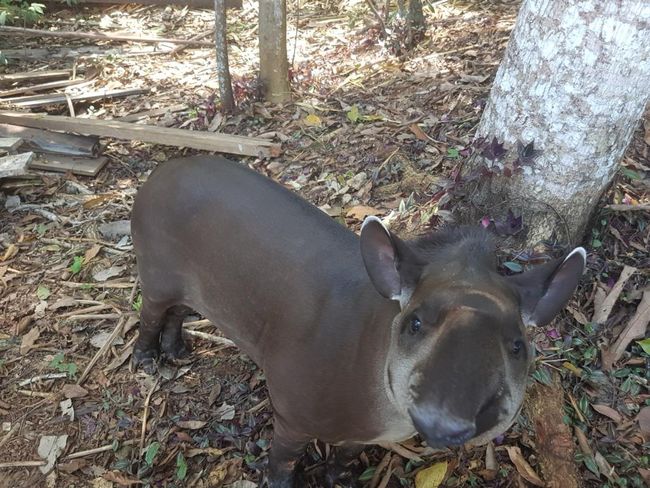
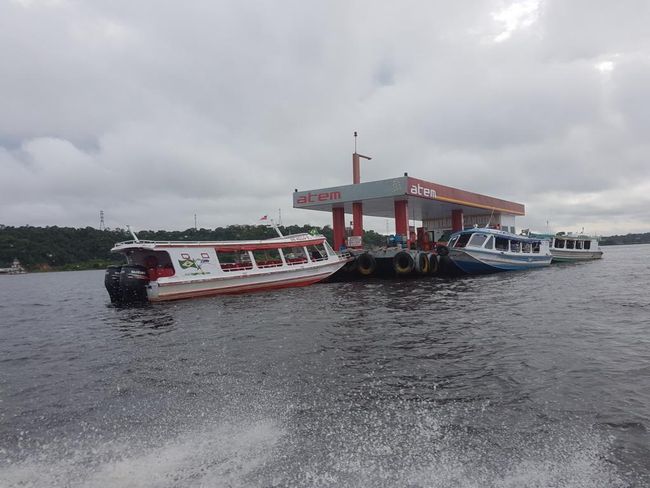
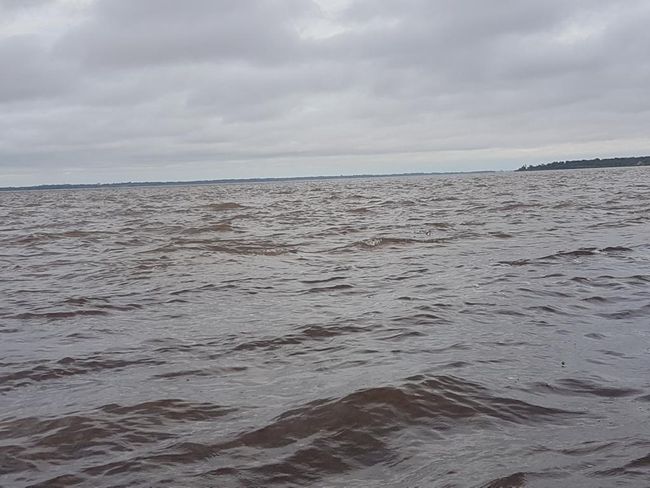
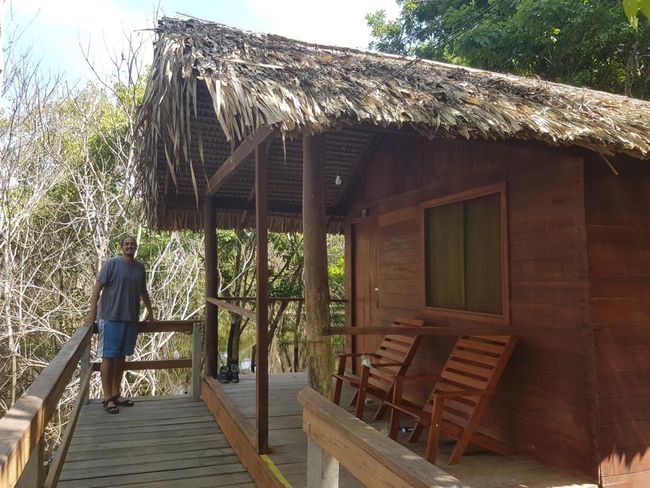
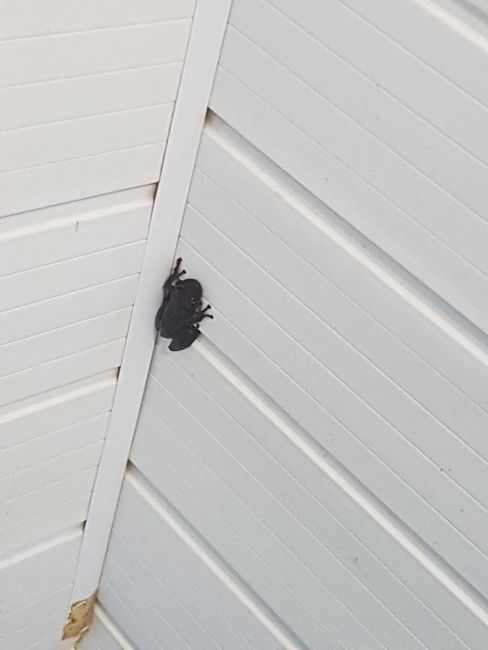
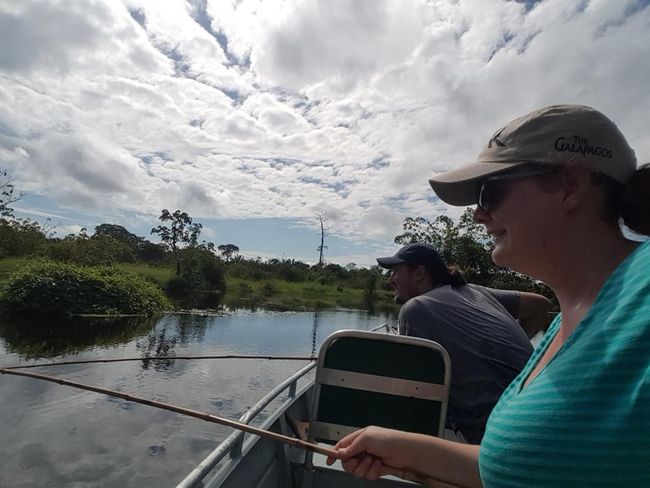
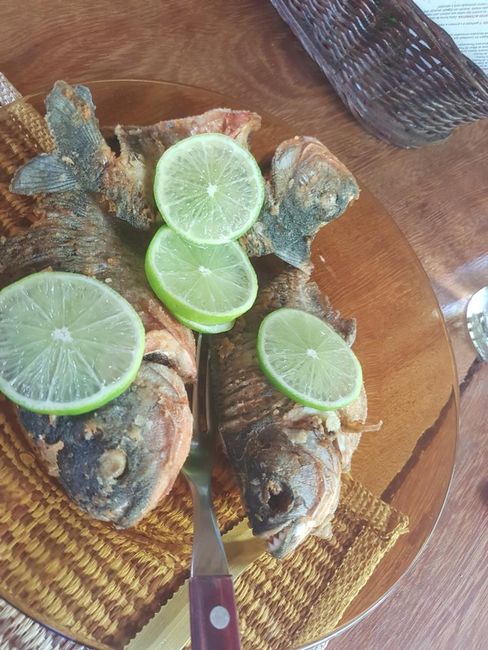
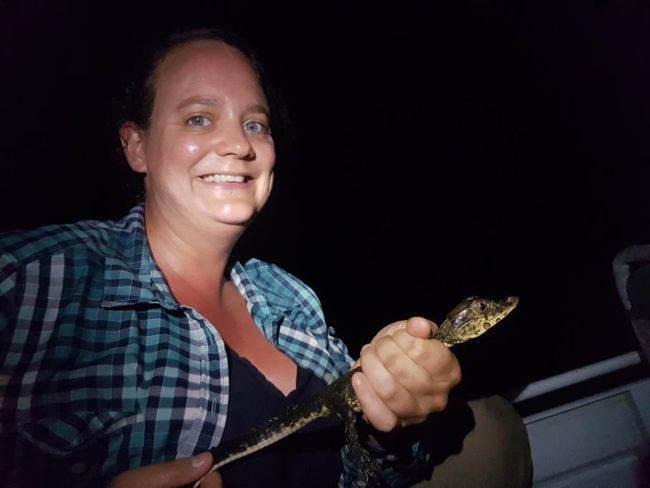
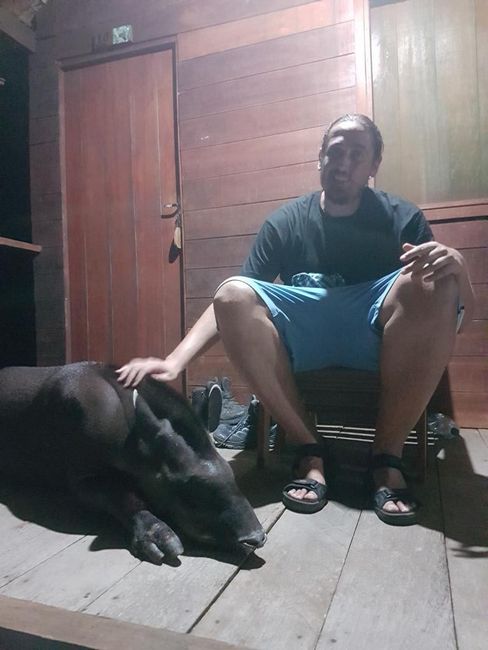
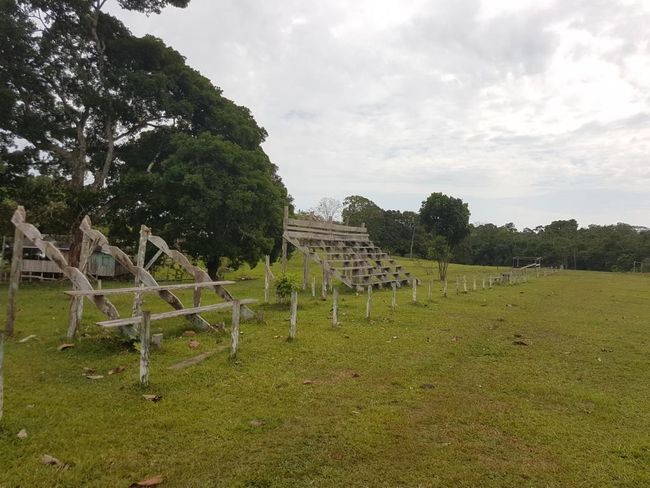
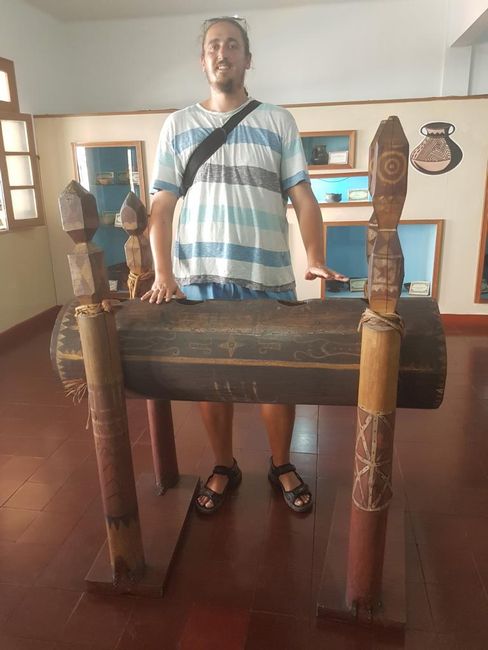
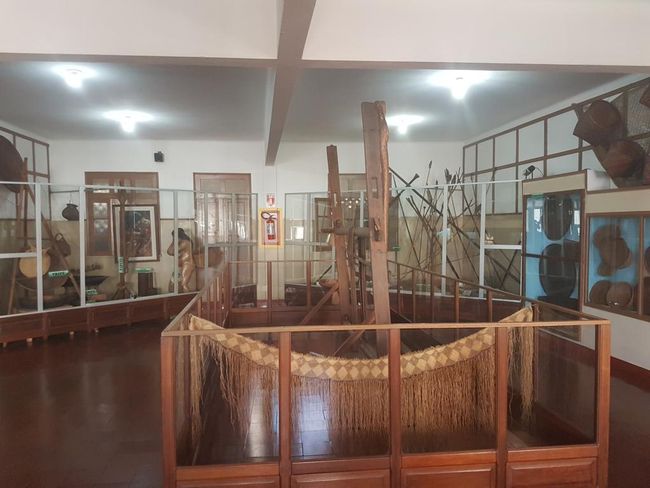
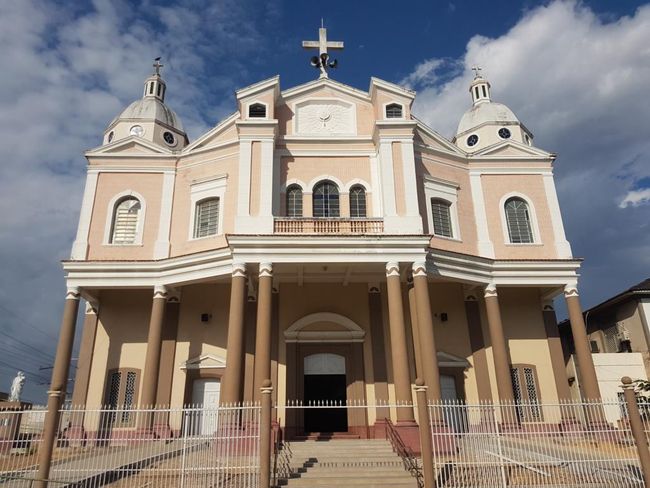
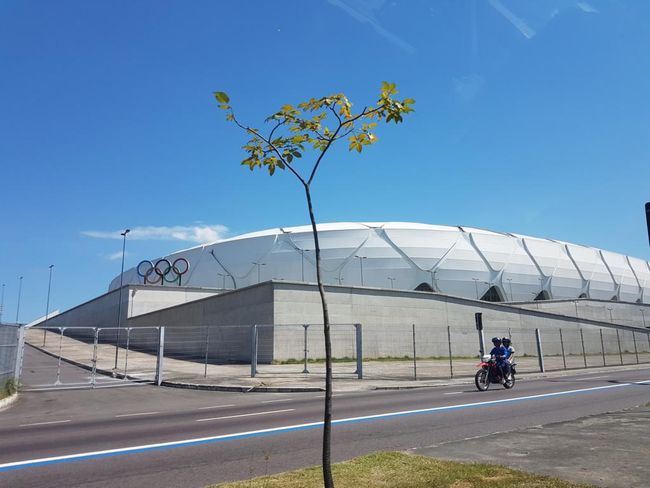
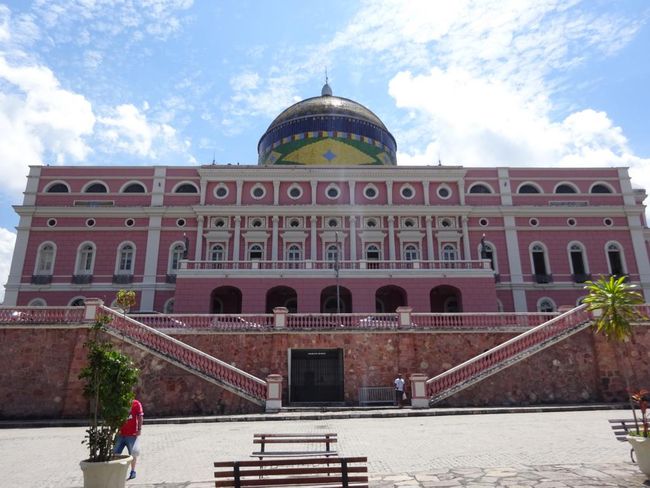
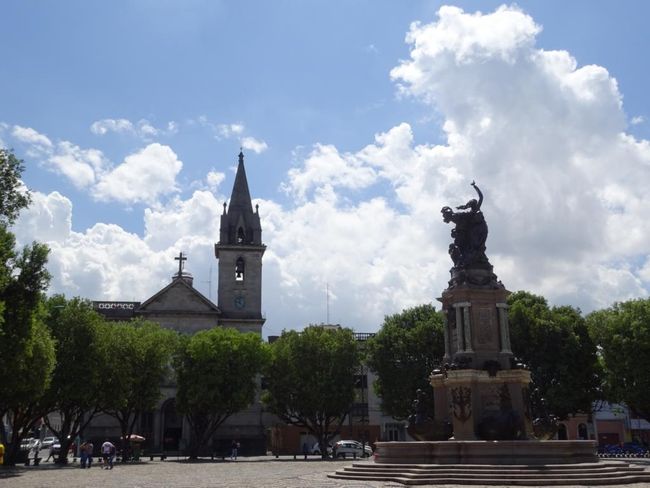
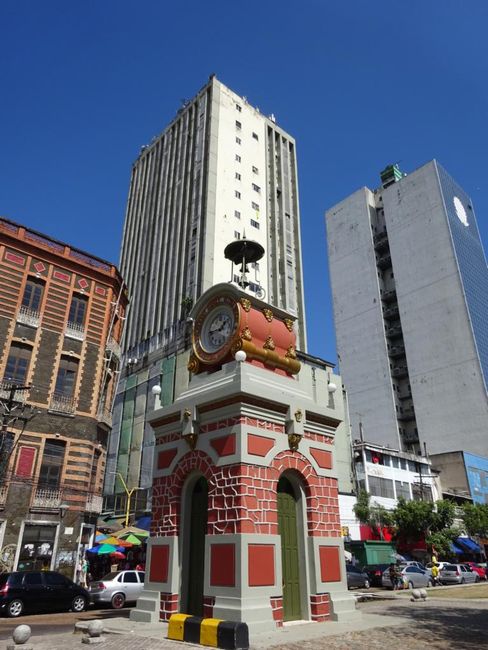
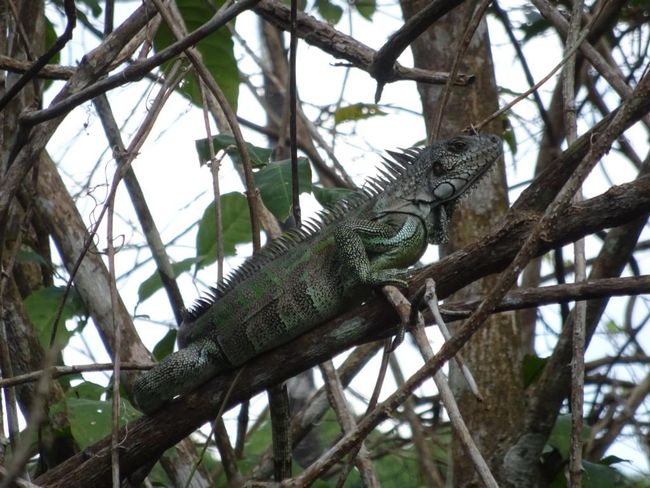
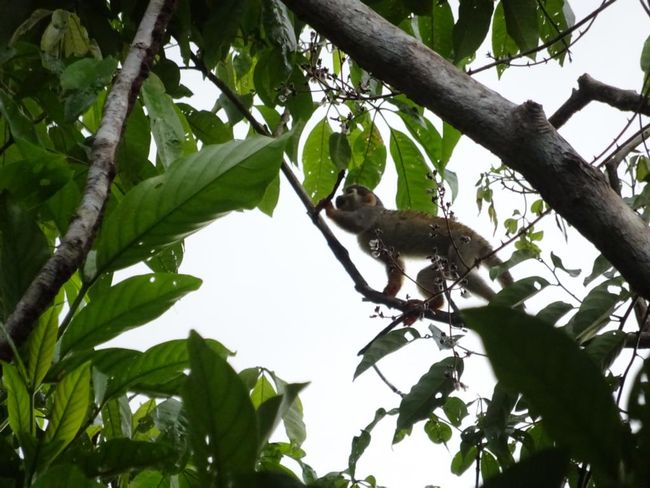
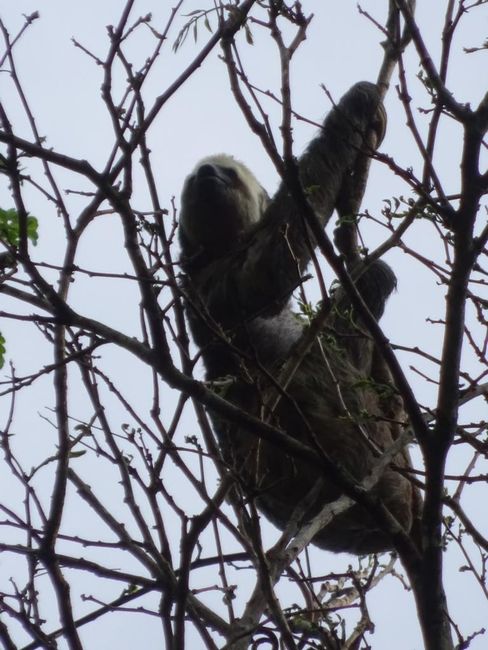
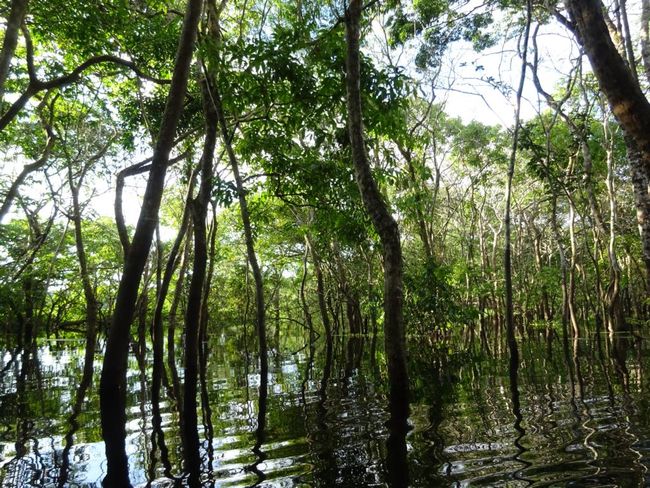
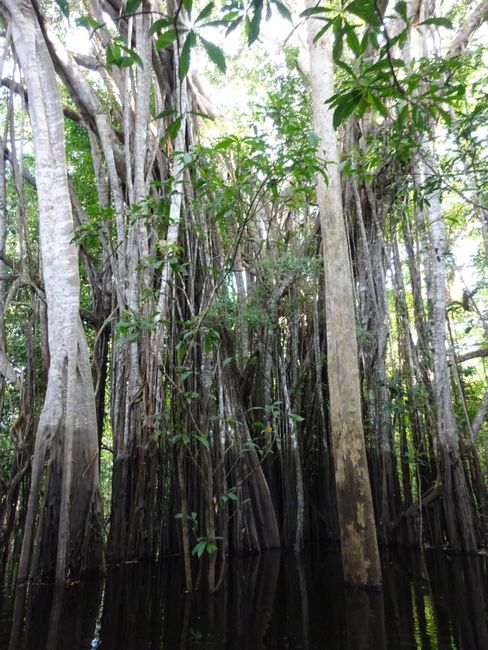
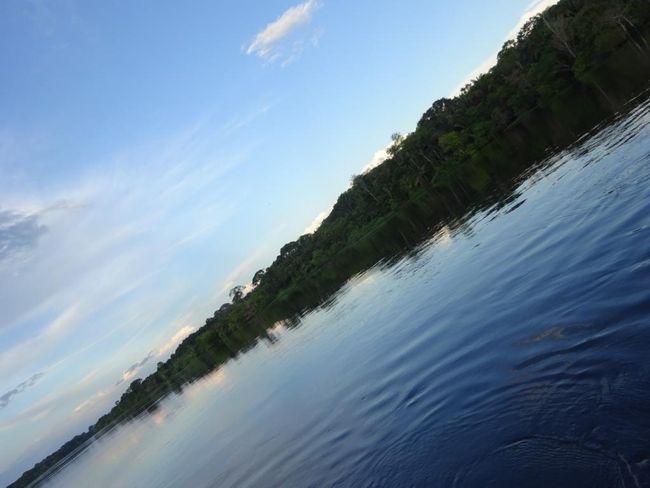
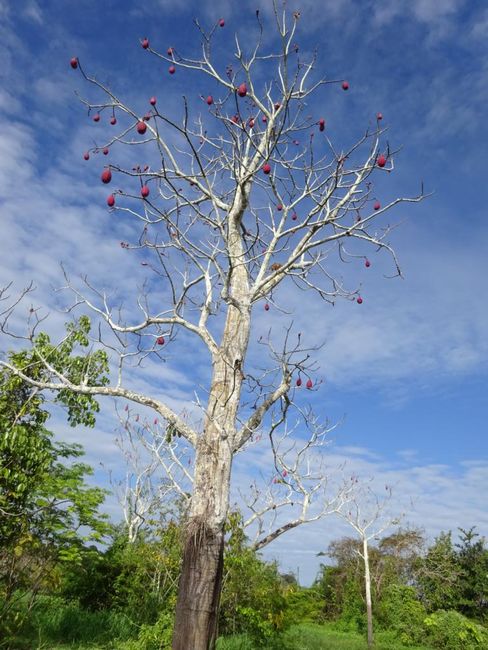
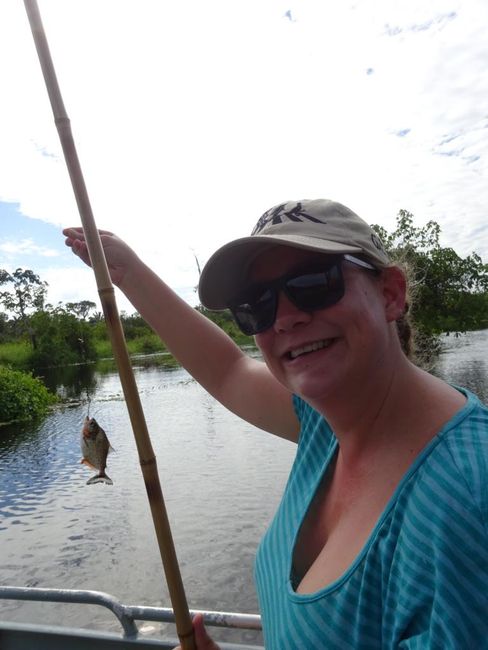
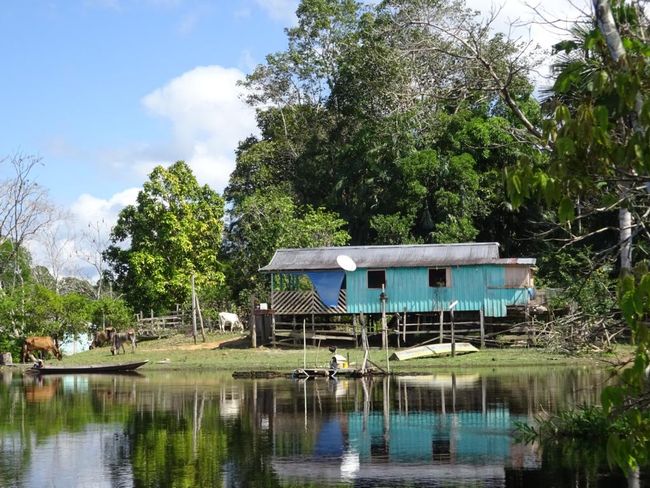
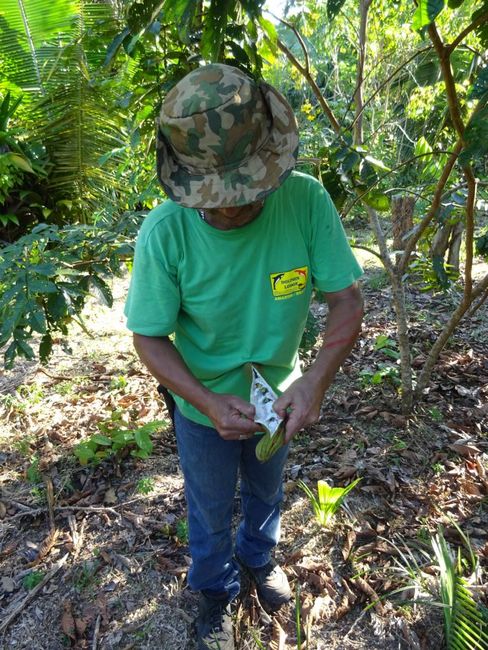
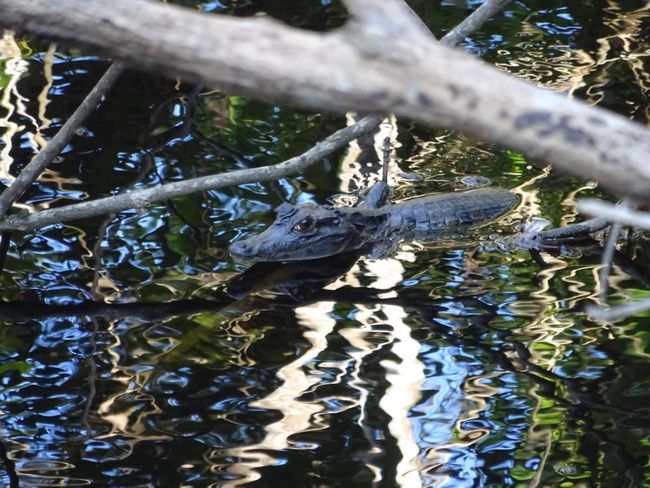
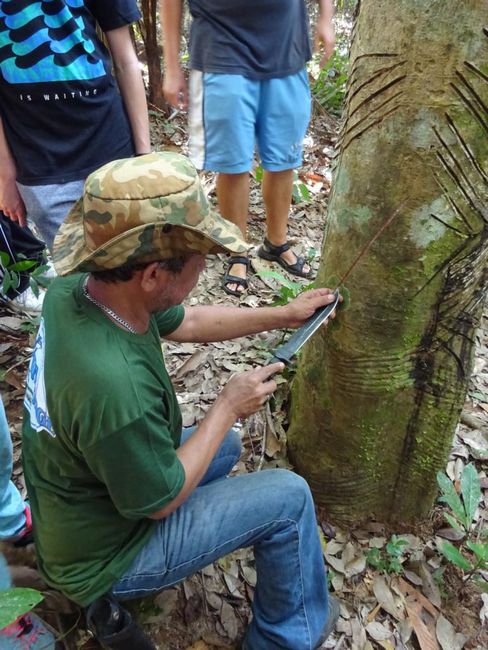
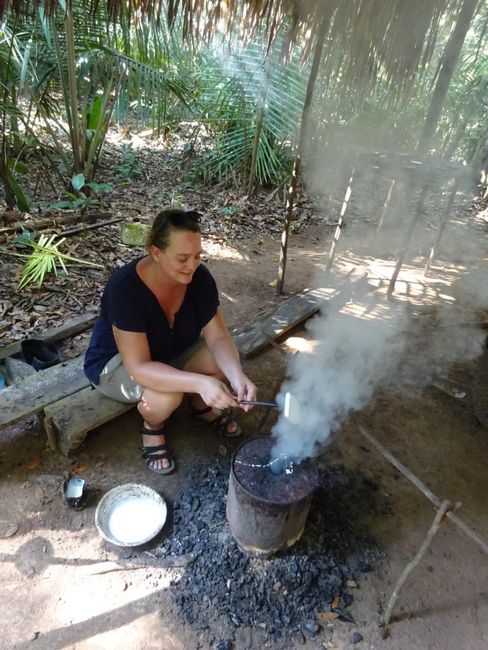
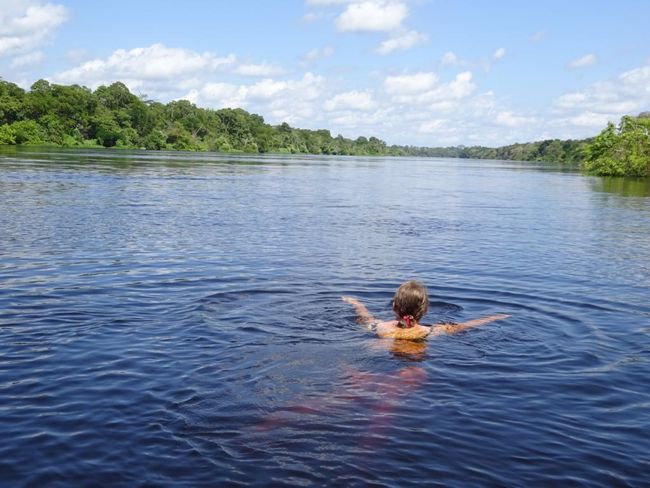
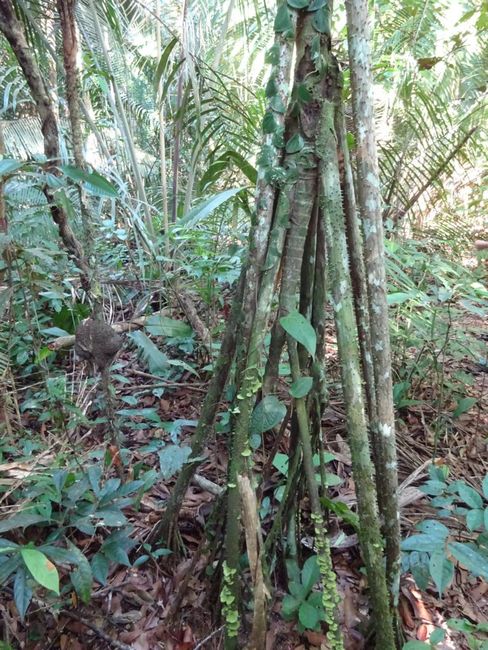
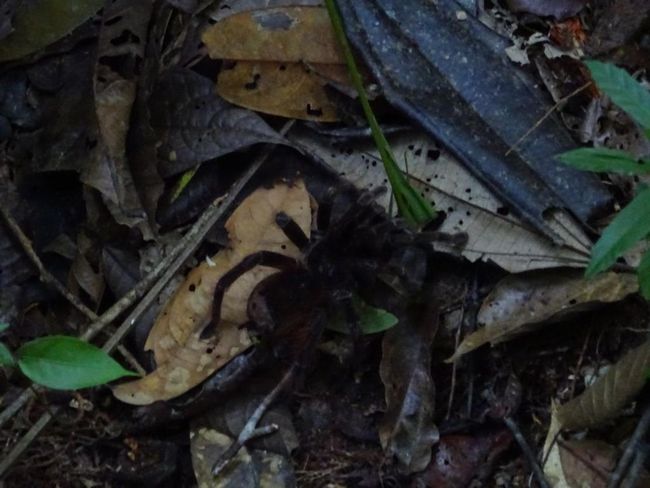
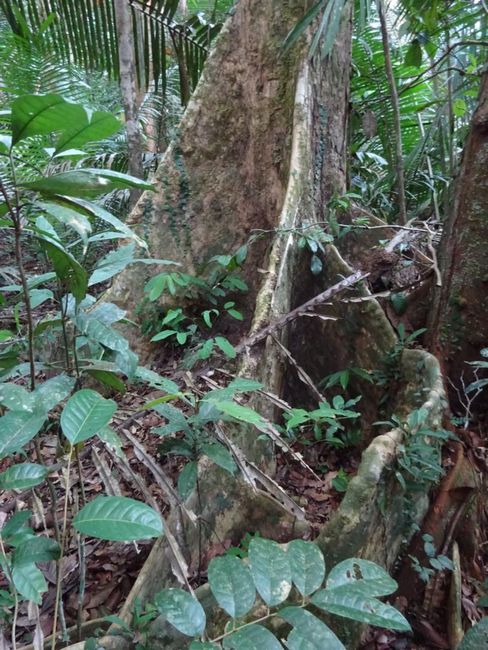
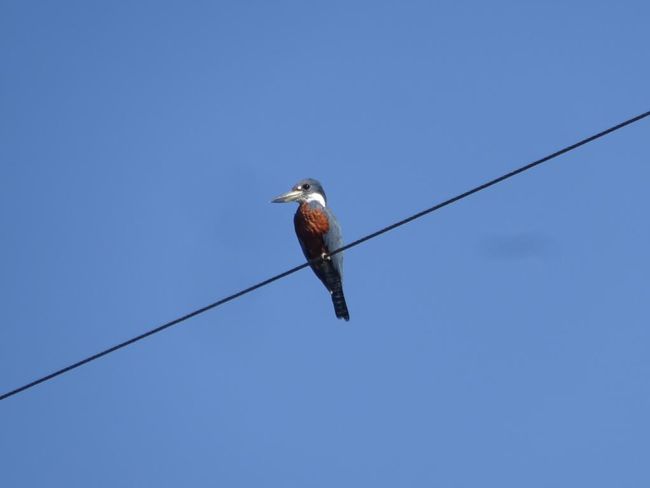
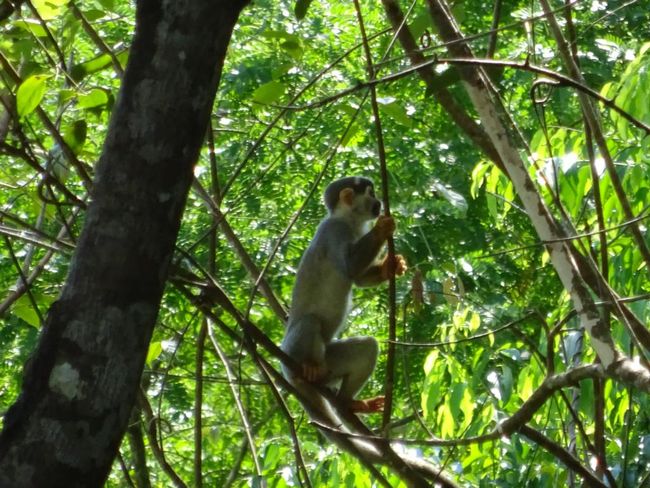
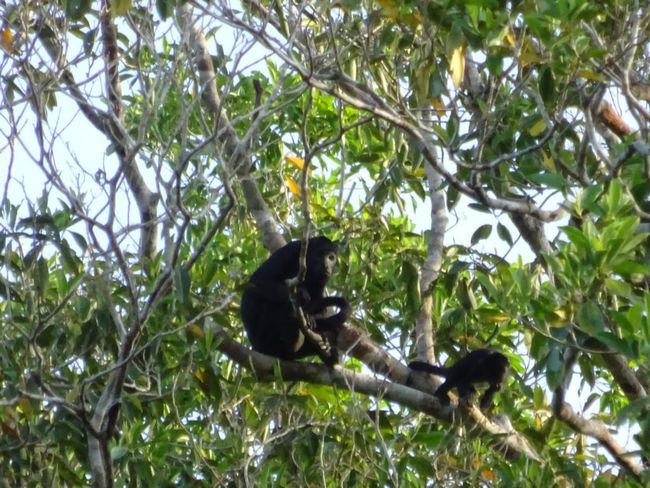
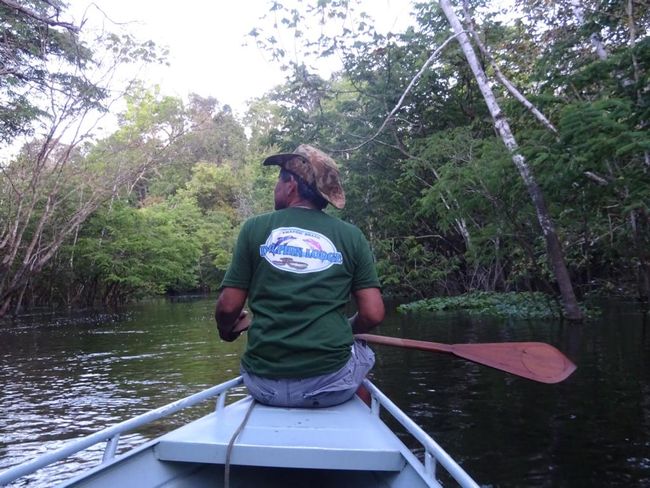
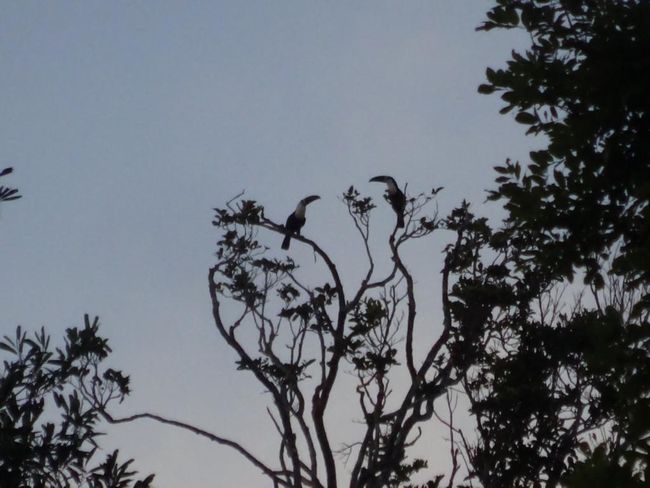
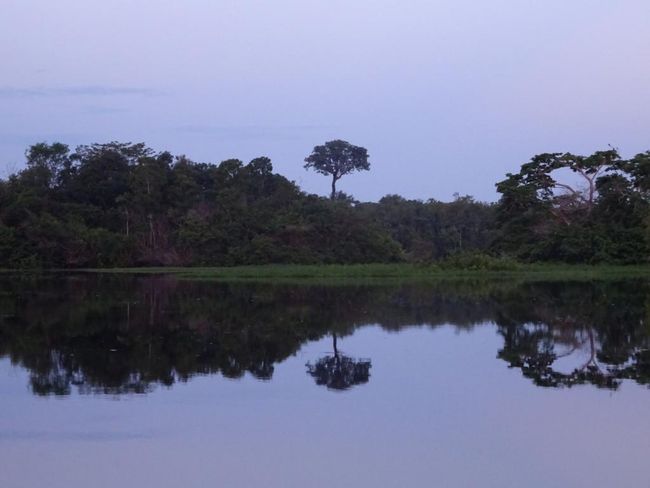
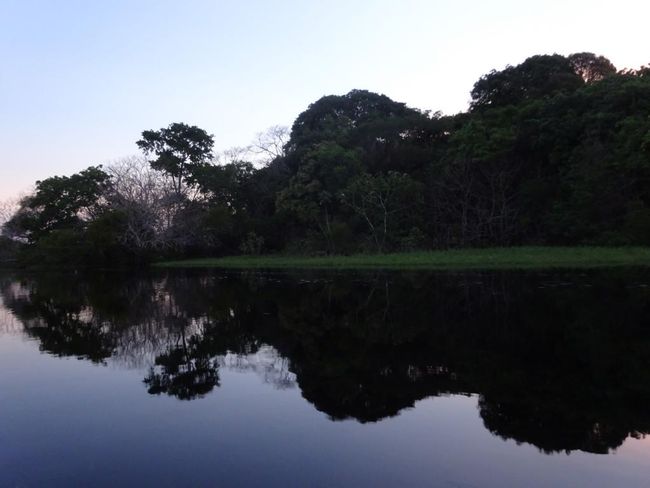
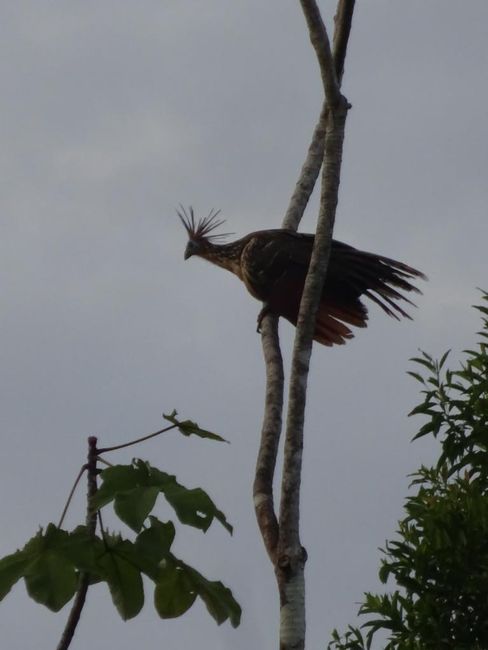
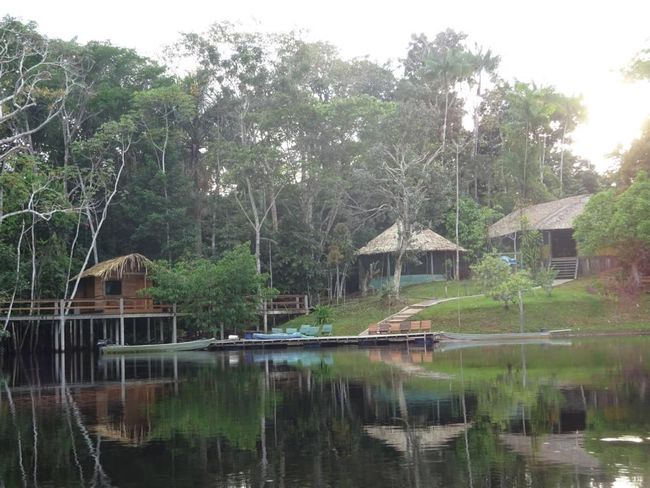
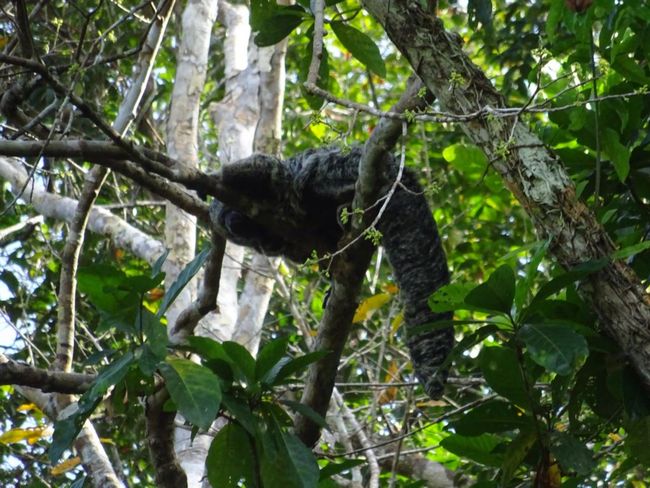
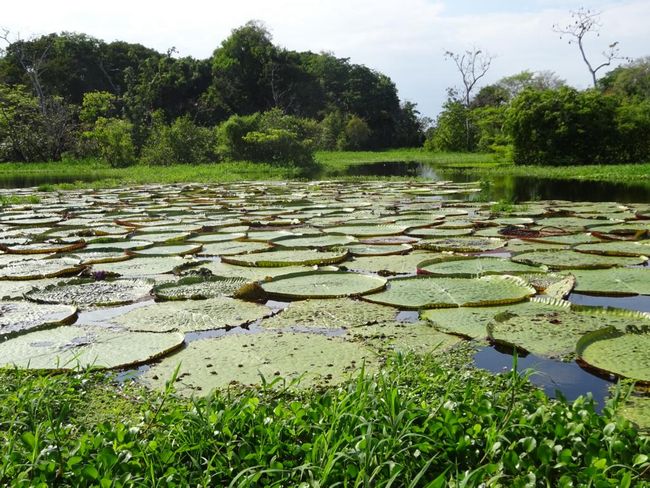
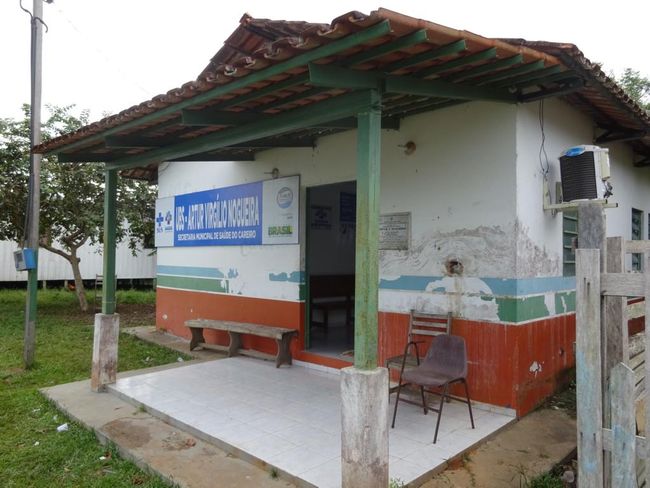
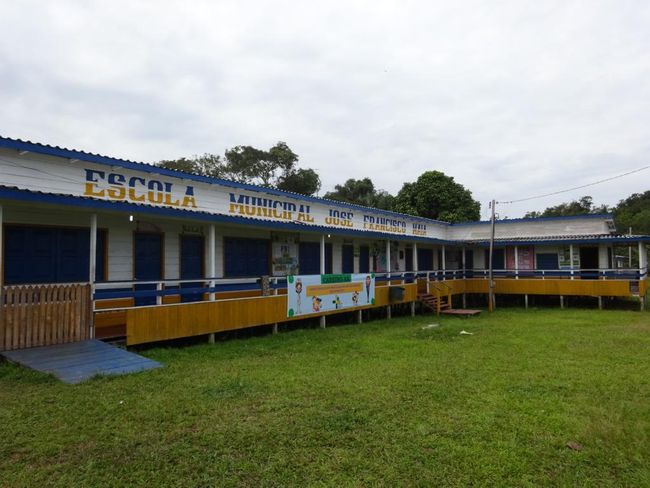
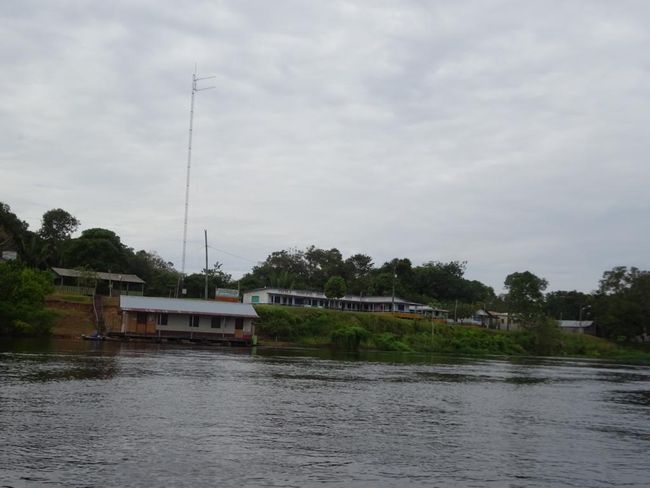
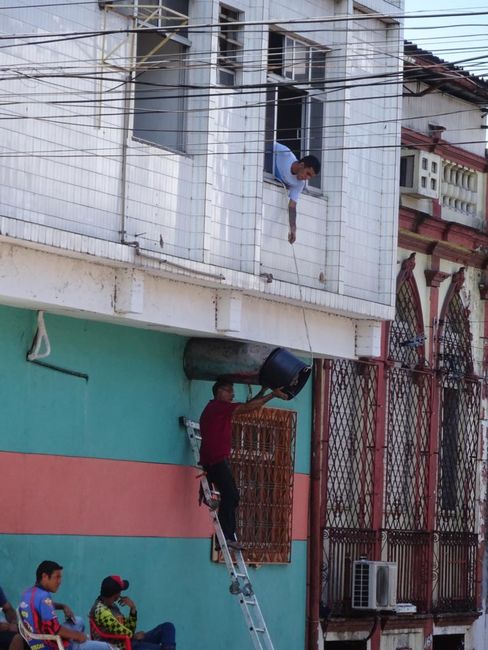
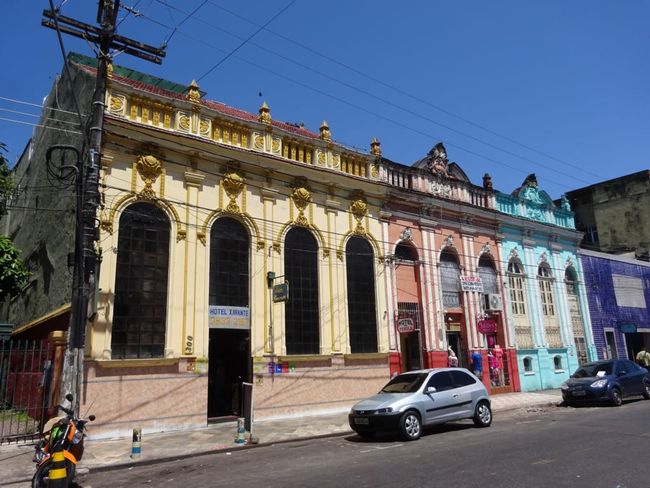
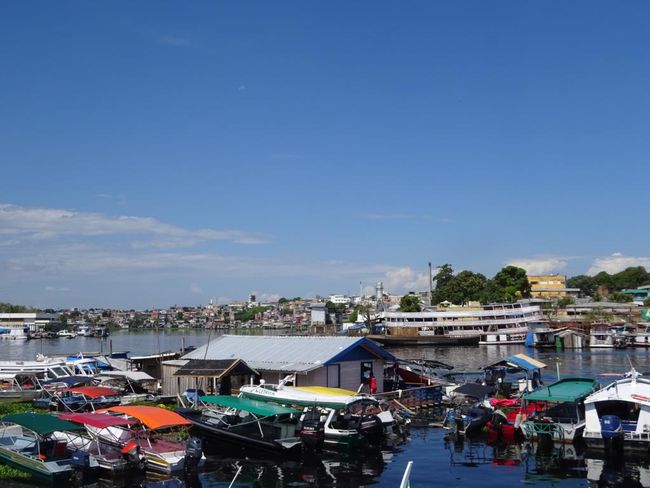
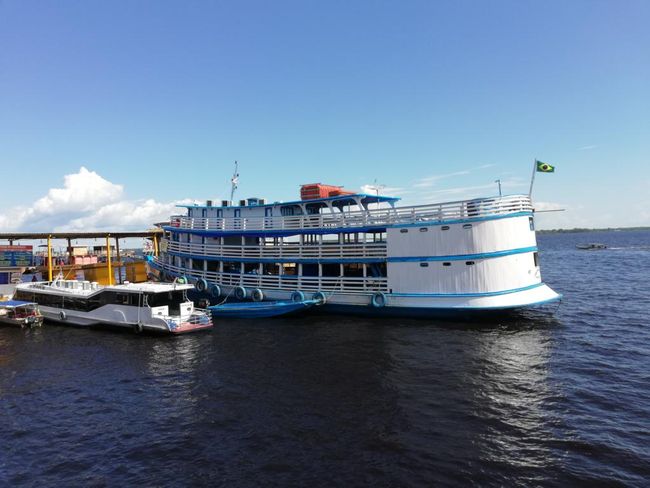
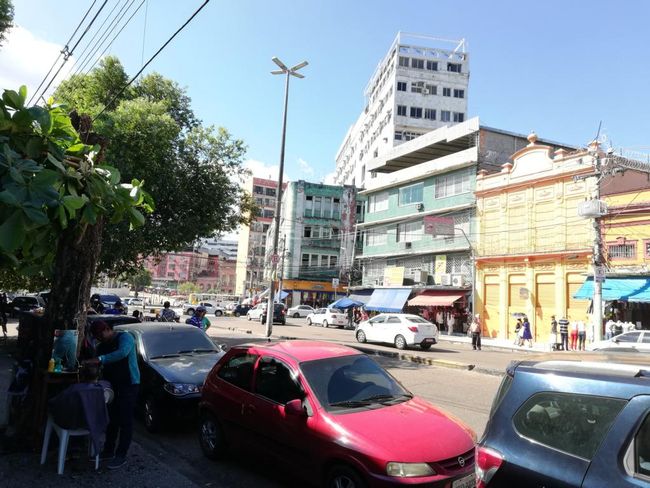
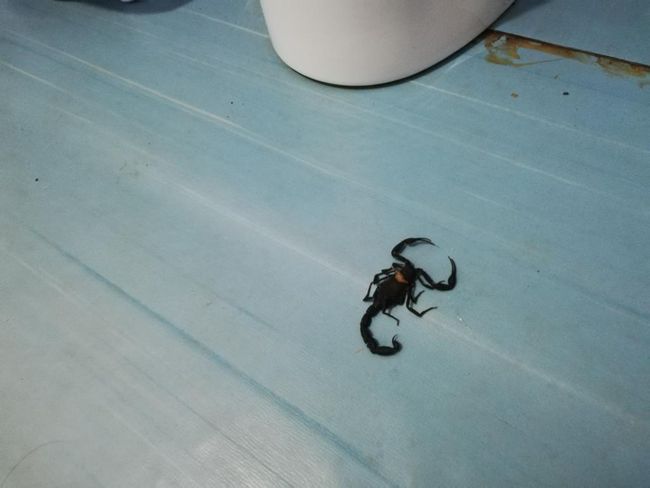
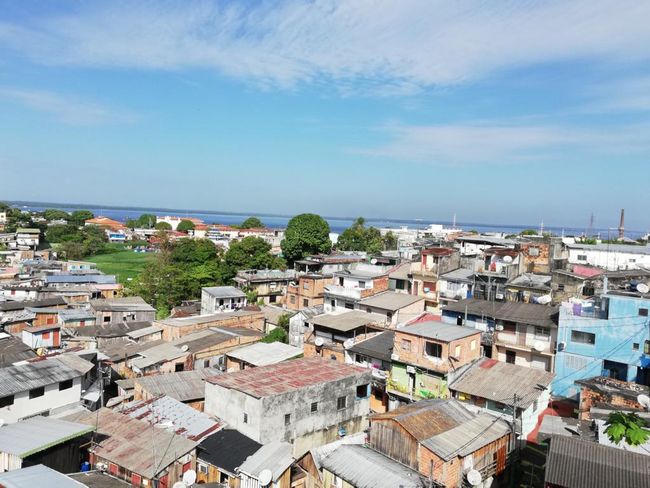
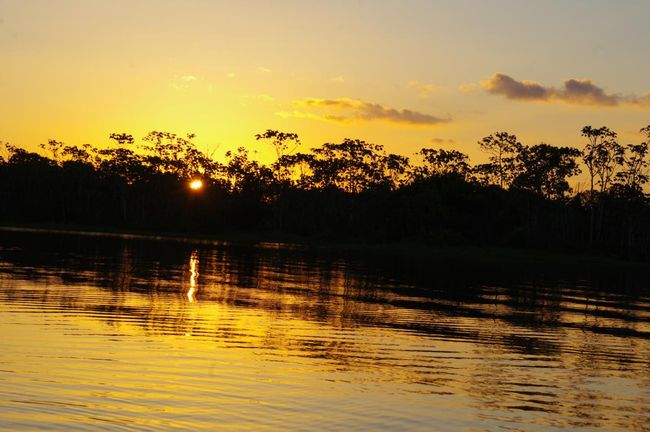
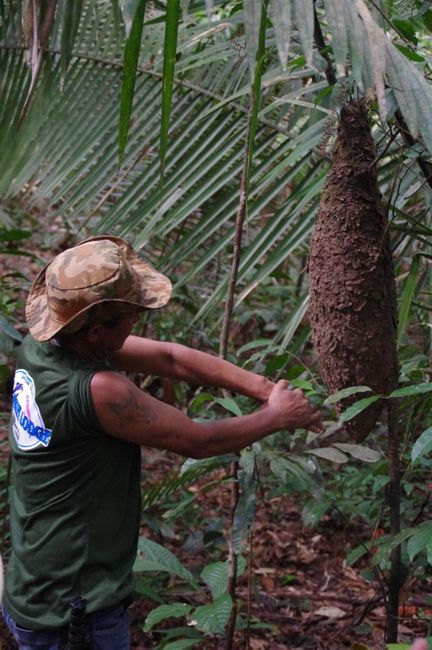
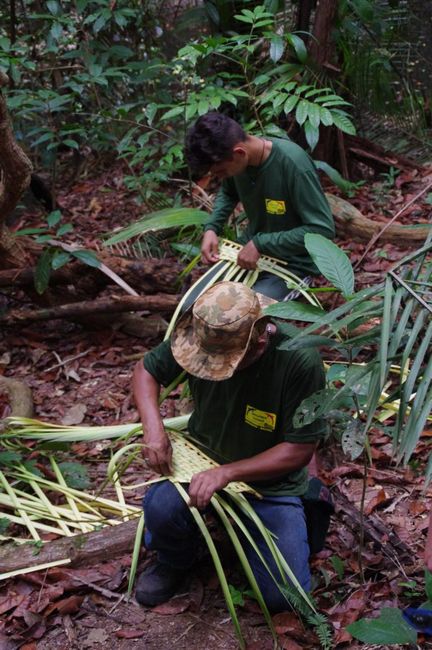
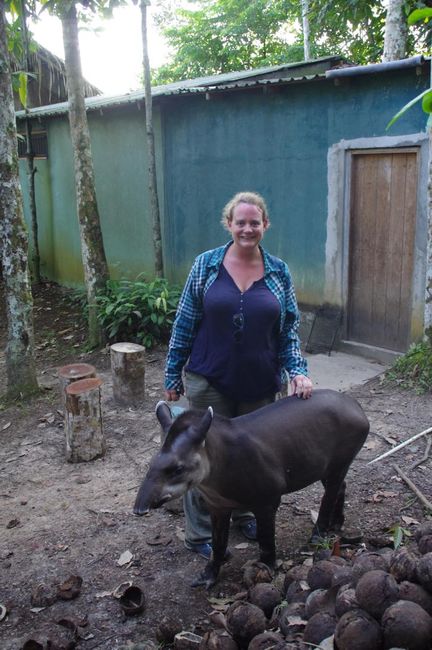
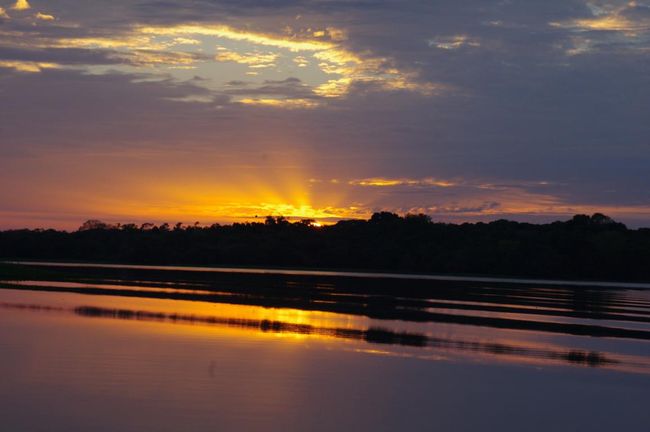
אַבאָנירן צו נעווסלעטטער
On a trip through South America, a visit to the Amazon Basin is definitely a must, after all, it is the largest river in the world and the rainforest covers a huge area of the continent. We had been thinking for a long time about which country we wanted to go to in the Amazon, as most countries have access to the rainforest.
Since we were already in Brazil, we decided to fly to Manaus, which is one of the most popular places in the Amazon. When you arrive in Manaus, you don't feel as isolated as you would expect, considering that you can only get there by boat or plane. But far from it, Manaus is actually a huge city with about 1.8 million inhabitants.
To escape the hustle and bustle of the city, we booked a 5-day tour with a stay at the Dolphin Lodge. The organizer picked us up in Manaus and accompanied us all the way to the lodge, which took about 3.5 hours and included two car rides and two boat crossings over the Amazon and its tributaries.
Along the way, we passed the "Encontro das Aguas", the confluence of two rivers, the Rio Negro and the Rio Solimoes, which belong to the Amazon. This is one of the main attractions of Manaus. The two rivers do not mix at first because of different temperatures and flow velocities, but run side by side for several kilometers. Since one river seems brown, while the other river is black, you can clearly see the spot where they meet. Unfortunately, the weather was not clear when we passed by, so the spectacle does not come across well in the photos.
When we finally arrived at the lodge, we were assigned our bungalow, which was located on a pier above the water. Luckily, we got the last bungalow at the end of the pier, so we had the chance to spot many animals from our wooden chairs on our small terrace, such as large iguanas, howler monkeys, a caiman, and many birds.
The wooden bungalows were very functional, but still offered the luxury of a (cold) water shower and a private toilet. I was shocked when I flushed the toilet for the first time and a frog jumped out of the bowl. I named him Felix. We would meet him a few more times, as the frogs liked to sit on the cool enamel in the toilet bowl.
One early morning, while I was still sleeping peacefully, Jörg suddenly screamed in the toilet. When I asked what was wrong, he said I didn't want to know. Scorpion, I asked? When Jörg confirmed, still half asleep, I said that he must have imagined it, it was probably a frog. I got up and grumbled to myself, telling him not to be so stupid, as he had almost woken me up in the middle of the night, which I don't like at all and was accordingly annoyed. I went to the bathroom myself, moved the trash can....and there was actually a damn scorpion sitting there. A black scorpion, the most dangerous creatures among scorpions. When they are adults and have more than 7 segments in their tail, they are life-threatening to humans. This one had 6 segments, Jörg even counted. It couldn't be true! We had already experienced more or less the same story in 2015, during our vacation in Panama! Why always us?! I have never heard of other travelers having shit scorpions in their room, and we have had them twice in 3 years! Of course, I was instantly awake and ran barefoot and in my nightgown to the staff cottage to get help. In doing so, I of course woke up half of the lodge. Our guide immediately grabbed his machete and followed me to the bungalow. But we were already too late, Jörg had already sent the creature, which had wanted to hide in the meantime, to the afterlife with his hiking shoe. My beloved Jörg, the scorpion killer. However, our guide Marcello didn't hesitate and immediately struck with his machete, cutting the creature in half, just to make sure it wouldn't move anymore.
In the lodge, we befriended two families from Germany who joined us on most of the excursions. There were usually two excursions per day, one in the morning and one in the afternoon. On two days, there was an additional excursion in the morning at 5:30 before breakfast. Most of the excursions focused mainly on observing wildlife. You would go out on a motorboat and paddle through the flooded forests in search of monkeys, birds, and sloths.
The early morning tour was especially about watching the sunrise and spotting Amazon river dolphins. Here, there are gray and pink dolphins. We did see some of them, but it is almost impossible to take photos. They surface from the water to breathe so quickly, and then they are gone again. And you don't know where they will surface next time.
One morning, we went piranha fishing. Although I don't eat fish, I didn't want to miss out on this. During this tour, Jörg and I were alone with a young guide. For piranha fishing, you use a small piece of meat as bait. It's purely a tourist gimmick, as the locals don't usually fish piranhas because there isn't much meat on them and the effort (and all the meat) is simply not worth it. Our guide was very successful, he actually pulled one fish after another out of the water. Jörg and I could be described more as piranha feeders than as piranha fishermen, as the greedy fish kept eating the bait from our hooks. As soon as you felt a tug on the line, you had to pull on the fishing rod (consisting of a thin branch with a fishing line) with a lot of force. Once I actually had a fish on the line, but this time I pulled too hard on the line, so that the fishing line swung back towards me. I was so scared when the fish flew towards me that I screamed, let go of the fishing rod, and ducked my head. The fish managed to free itself from the hook in mid-air, flew over the boat, and dove back into the water on the other side. Jörg and the guide were roaring with laughter, it must have been a funny spectacle. But we still had some luck, I caught one fish and Jörg caught three. However, the guide had to help us remove the little creatures from the hooks, their sharp teeth inspired quite a lot of respect.
Our guide Marcello also told us not to swim with a bleeding wound unless we want to become piranha food. He told us that most serious accidents happen when fishermen fall off the boat and injure themselves on the propeller in the water. The blood attracts the piranhas, and they eat you alive. In fact, we also went swimming from the dock in front of the lodge, and we were actually a bit nervous about getting into the water, considering what lurked there, in addition to piranhas, there were also caimans, etc. But luckily, we were not eaten.
But the piranhas were eaten, they were grilled and served for lunch to Jörg.
One evening, we went on a caiman spotting tour. After dinner, when it was dark, we went out on a boat to look for the animals. You should be able to recognize them very easily by their eyes reflecting in the flashlight beam, but we didn't see any. However, our guide spotted a baby caiman in the reeds, caught it, and pulled it out of the water. After telling us a lot about their anatomy and way of life, he asked if anyone wanted to hold the little caiman. To this day, I don't understand what devil possessed me when I volunteered as the only one. The little one was placed in my hand, and Marcello explained to me how to hold its head so that it couldn't snap at me. As I said, don't ask me why I did it, the baby caiman could easily have bitten off one of my fingers. But well, in retrospect, it was still exciting to hold such an animal in my hands. Afterwards, Marcello took the little one from me and put it back into the water, where it quickly swam away.
During other excursions, we visited a small village on the riverbank and the home of a local family. There, they showed us how people live here, how they harvest, wash, and process cassava (one of the main food sources in this area). The lodge also served cassava bread for breakfast. In general, the food at the lodge was not particularly impressive, it was usually the same: chicken, fish, rice, pasta, and salad.
In addition, we were able to taste some fruits at the family's home that we don't know in Europe. The people here practice a kind of three-field agriculture. They have to, because it is strictly forbidden to cut down or set fire to more areas of the Amazon rainforest, and the government apparently enforces this very strictly. As soon as a lot of smoke can be seen somewhere, the military is called in the next morning, and the (financial) penalties are draconian.
The "village" we visited was actually more like the village center. There was a school, a hospital, a multipurpose hall for parties and events, and a sports field. Only 5 families live in the village itself. The other community members live scattered along the river and come to the center for parties, events, and church visits. In addition, the children are picked up daily by a school boat and driven to the village center. In Brazil, education is compulsory, public schools, including universities, are free of charge. The parents even receive scholarship money for their children, but they are also punished if they refuse to send their children to school. However, we were told several times that the quality of public schools is usually very poor. In order to attend university (although apparently public universities have a good level), it is usually necessary to have attended a private primary school, otherwise the level of the students is too low. Absolutely absurd. What is the point of offering a free public university if the public primary school does not adequately prepare students for it? Just when we were in the village, the school was closed. We were told that the teachers were in Manaus to meet with the authorities because they had not been paid for 2 months.
Once a month, a doctor from Manaus comes to the hospital to treat the people. For emergencies, there is an ambulance boat that takes you to an ambulance vehicle to drive to Manaus. But the families here have the necessary anti-venom for snakebites and the like at home. Because if you get bitten by the deadliest animals here (the most dangerous snake is the bushmaster), there is not enough time to drive to Manaus.
It is a very remote and simple life here. Nevertheless, the people here lack nothing, they don't have much, but they have enough to live. And apparently, they don't want more either. We asked if there are many children who stay in the city after university and don't return home? No, they said, most of the children who study at university return later and become teachers at schools in the Amazon. And that is also what the people here lack the most: teachers and doctors.
The residential areas here have only been electrified for about 7 years, the people tell us, there was no electricity before. They proudly showed us their washing machine. For the people here, a washing machine is a real luxury, a luxury they have only had for a short time. The people here define periods of time as "Before Lula" and "After Lula". Lula was the Brazilian president from 2003 to 2011, he is considered corrupt and was consequently sentenced to several years in prison. Nevertheless, the people here in the Amazon love him, he has helped them a lot. Not only did he introduce compulsory education and initiate many infrastructure projects, but he also did a lot for the people here in other ways. They tell us that, for example, they received official land titles for the plots they inhabit and cultivate on the banks of the Amazon for the first time. With these titles, they were also able to take out loans from banks. It was only through this that many families had the opportunity to buy a metal boat with an engine, which significantly improved their lives. For example, children from families without a motorboat hardly had the opportunity to go to school before, the school boat did not exist before "Lula". But he also issued all the regulations and laws to protect the rainforest.
Well. Corruption is a crime, especially by European standards. But is a corrupt president always a bad president?
As part of another excursion, we were shown the extraction of rubber. Due to the rapidly increasing demand for rubber, there was a veritable rubber boom in the Amazon region from the mid-19th century to the early 20th century.
The rubber was collected in the tropical rainforests of the Amazon from wild-growing rubber trees. Marcello showed us how the bark of the rubber trees is incised so that the rubber sap flows into tin cans attached below. Then he showed us how the sap is vulcanized with smoke. Afterwards, the rubber is stored in the sun for another 4-5 days, which darkens it. Marcello told us that many indigenous people were abused and forcibly conscripted to locate the trees and collect the rubber. Since this is best done at night when it is cooler and the rubber is less malleable, it was a very dangerous job. Many workers died from scorpion bites (which apparently like to hang around rubber trees) and snake bites, among other accidents and diseases like malaria. The workers were promised that they would have to work for the master for 5 years, then they would be paid and could return home. When they demanded the money after 5 years, they received it. But as soon as they turned around to go home, they were shot in the back. Most of the people who had to work for the rubber barons never returned home.
We will come back to the topic of the rubber boom in the Amazon later.
Another excursion took us on a jungle hike with Marcello. Marcello had served in the military for a long time and is also a licensed survival training guide, so he knows a lot about survival in the jungle. He was able to give us a lot of information about medicinal plants, showed how to use a certain tree to give signals in case of emergency, explained how to make a hammock out of tree bark, and demonstrated how to make eating utensils and other items from pieces of wood and leaves. It was really very interesting. During the walk, he was constantly busy with palm leaves, crafting something. We didn't even notice it, he constantly conjured up something he had made before. First, there were woven leaf fans to cool us down. Then there were crowns and bows and arrows made of palm leaves for the children.
Although his English was a bit poor, we were really lucky to have Marcello as a guide, he really knows what he's talking about.
One of the absolute highlights of our time at the lodge was Maraja, a young tapir that came to the lodge every day and was very tame. He even allowed us to stroke him, which the children especially enjoyed. One evening, Jörg and I were sitting on the small terrace in front of our bungalow when Maranja suddenly walked over the jetty towards us. He sat down on the terrace with us, let us stroke him, and then fell asleep. Of course, right in front of the entrance, so that we had to step over him when we wanted to go to bed.
It was really wonderful to experience such an encounter with a wild animal. Just a few months ago, we marveled at tapirs in enclosures at the zoo in Belize, and now one of these animals, although wild and free, sat right in front of our bungalow on the wooden jetty, waiting for us to come out and stroke him again.
However, from the beginning, I was worried about him. At this point, the "little one" was already over 100 kg. At some point, he would be fully grown, a 400 kg animal. I suspected that the lodge staff underestimated the whole thing by feeding and indulging him. If there were to be an accident, even if it were only that the cute, somewhat awkward animal would step on a child's foot, they would have to react, and I was afraid that the creature would suffer as a result. The German families with the children left one day before us. Maranja also came running immediately, as if he sensed it, to say goodbye. However, the next day, when we left, he was no longer there. We suspected that the staff had chased him away as soon as the children were gone. Of course, it broke my heart, the idea that Maraja was simply chased away, where he had been welcome before and can't understand why. Nevertheless, I hope for his sake that it was the case, that he went back into the wild and can spend his normal life as a shy tapir, far away from humans and the lodge, in safety.
We had a really great time at the lodge, saw, experienced, and learned a lot, and enjoyed it very much. It was time to say goodbye too soon, to start the long journey back and return to the noisy and dirty city of Manaus.
Back in Manaus, we visited the Centro Cultural Usina Chamine, a museum that was supposed to provide information about the everyday life and culture of the indigenous people in the Amazon. In fact, the museum had apparently been renovated and now includes an art exhibition by local artists. That was nice, but not what we had expected.
Instead, we stumbled upon another small museum by chance, which was not described in our guidebook. This museum was much better and actually dealt with the local way of life and the ancient traditions of the indigenous tribes of the Amazon.
Attachment: List of animals sighted
- Scarlet macaw
- Toucan
- Gipsy bird
- Kingfisher
- Hummingbird
- Swallows
- Woodpeckers
- Various birds
- Capuchin monkeys
- Howler monkeys
- Titi monkeys
- Iguanas
- Piranha (2 types: red and yellow)
- Caiman
- Tarantula
- Ants
- Amazon river dolphins (pink & gray)
- Sloths
- Tapir
- Scorpion
- Frogs
- Electric eels
- Dragonflies
- Termites
אַבאָנירן צו נעווסלעטטער
ענטפער (1)
Manuela
Das wäre ja ganz nach meinem Geschmack gewesen 😂😂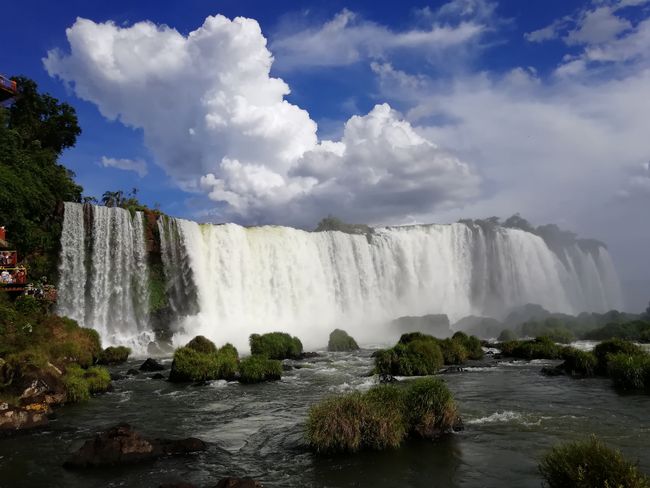
רייזע ריפּאָרץ Brazil

